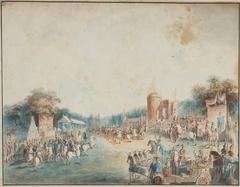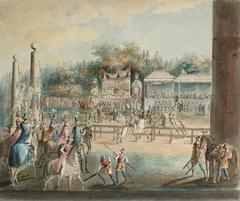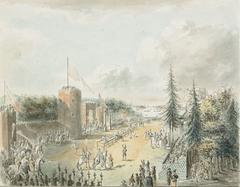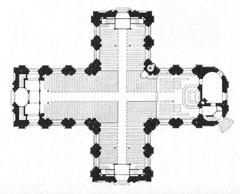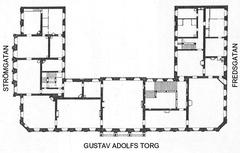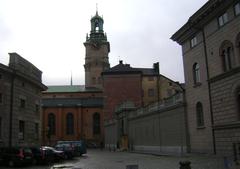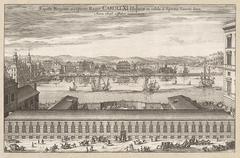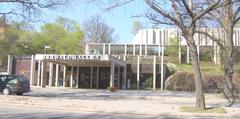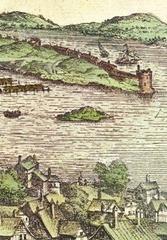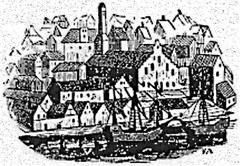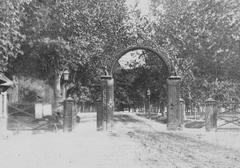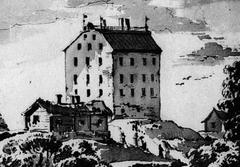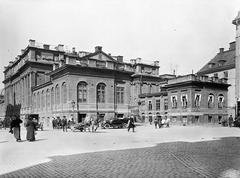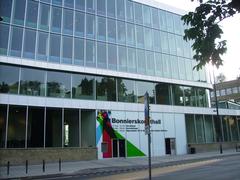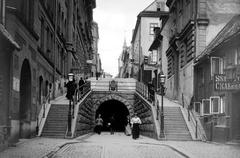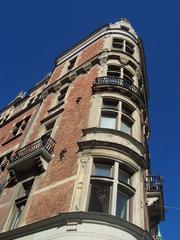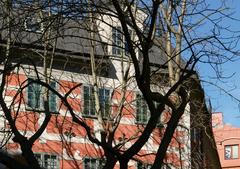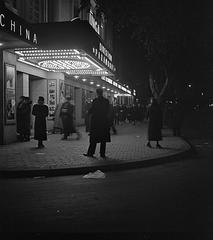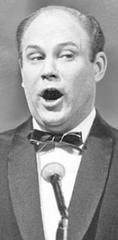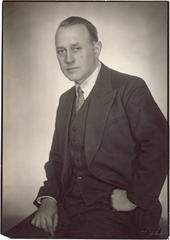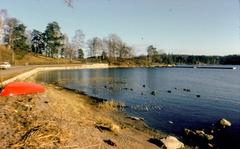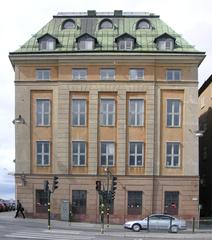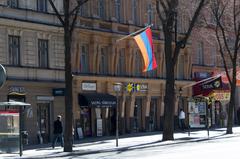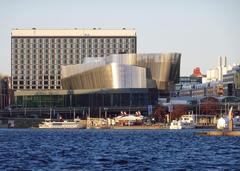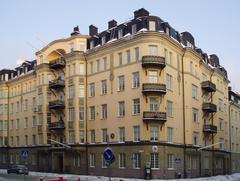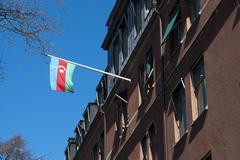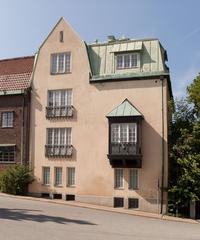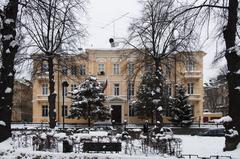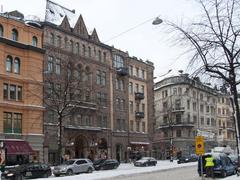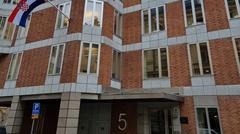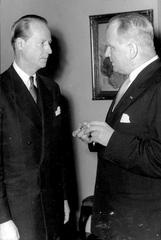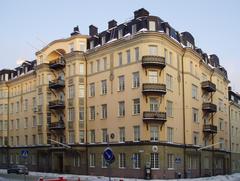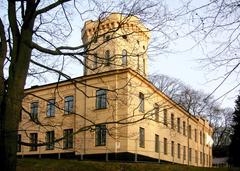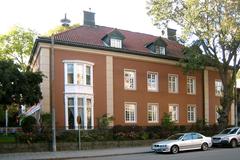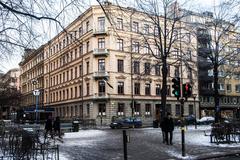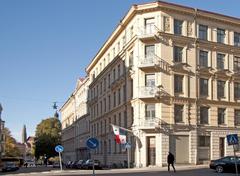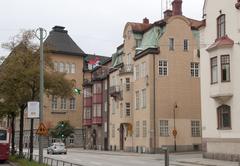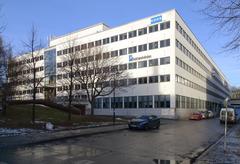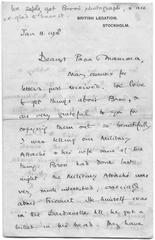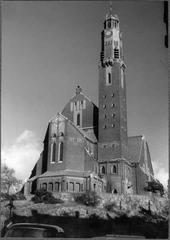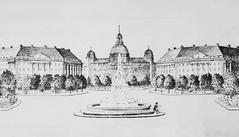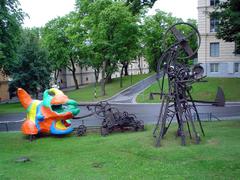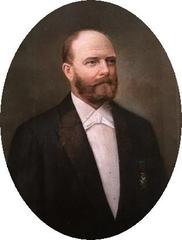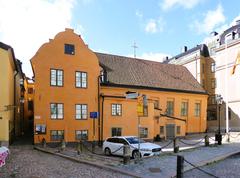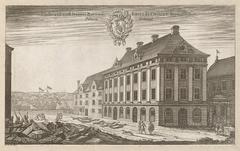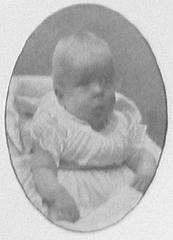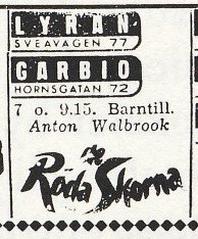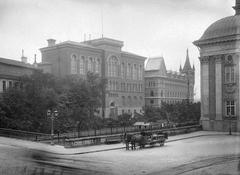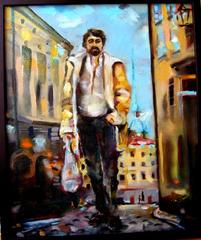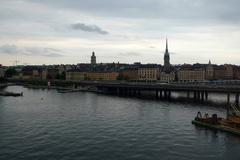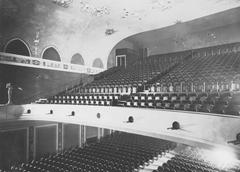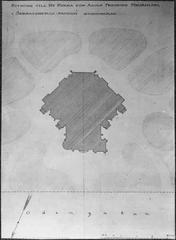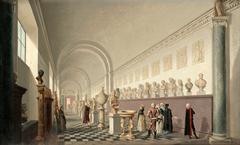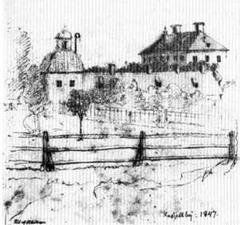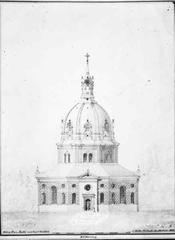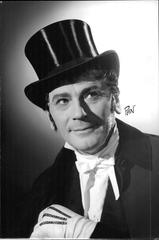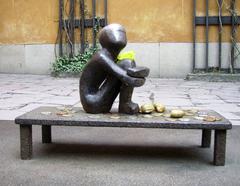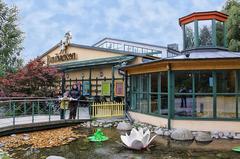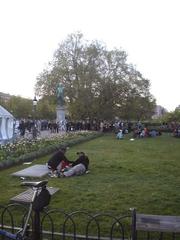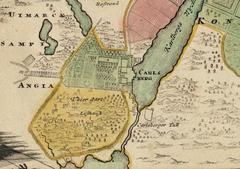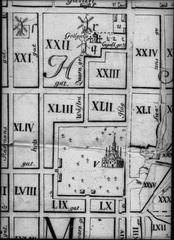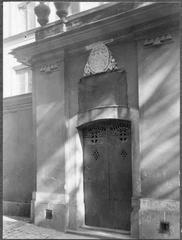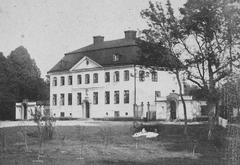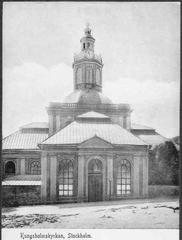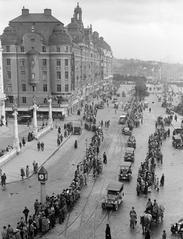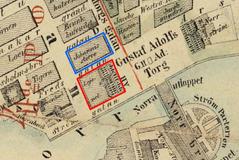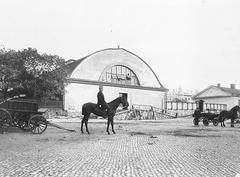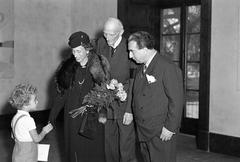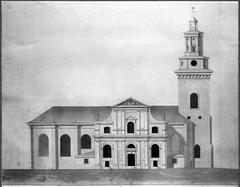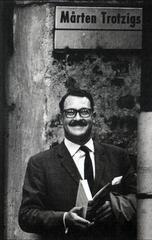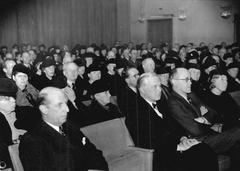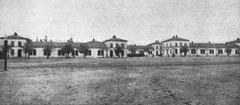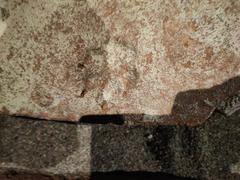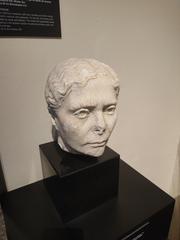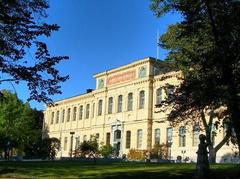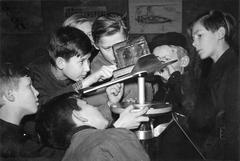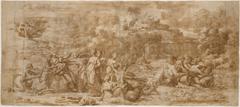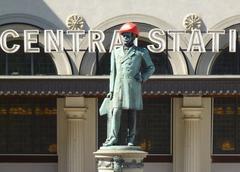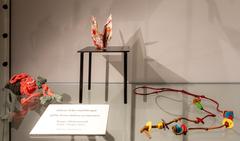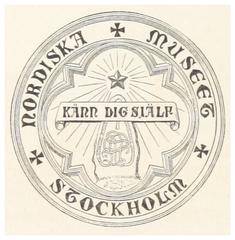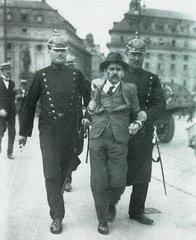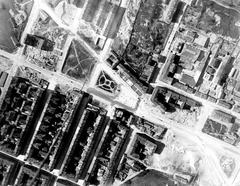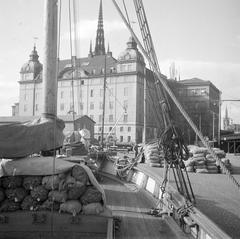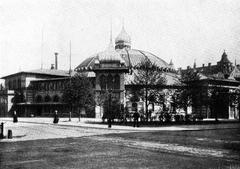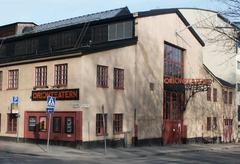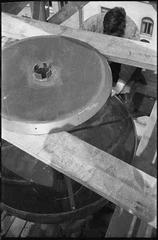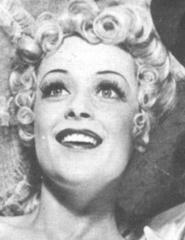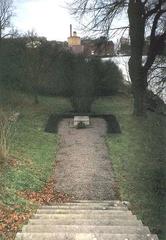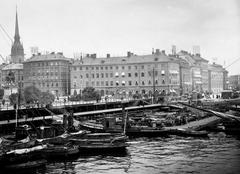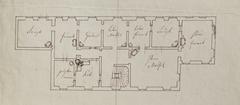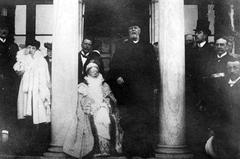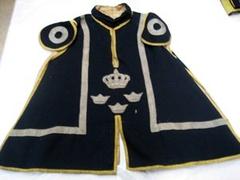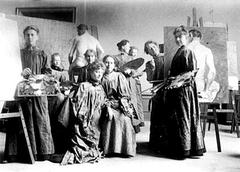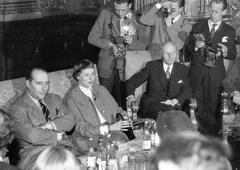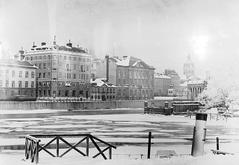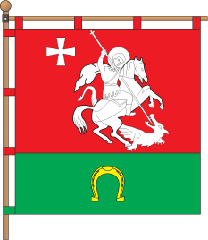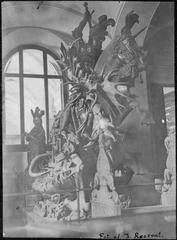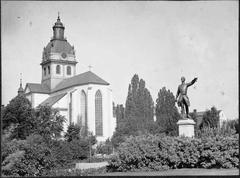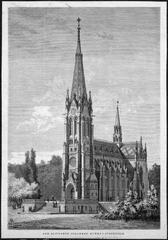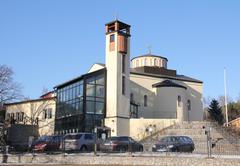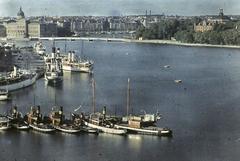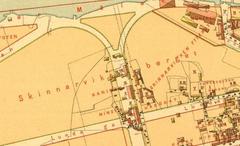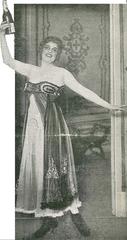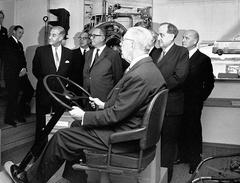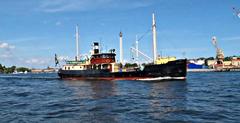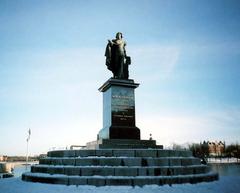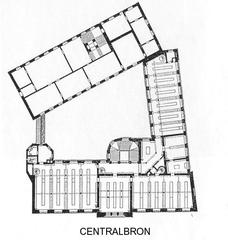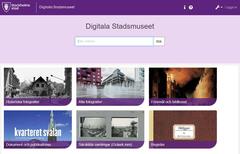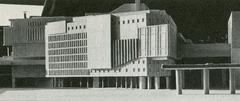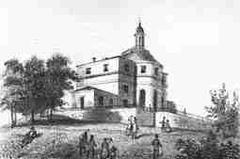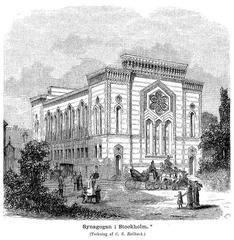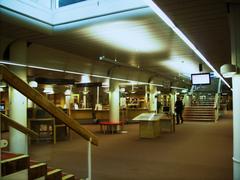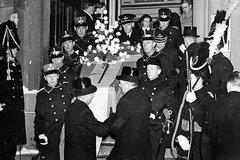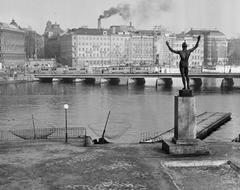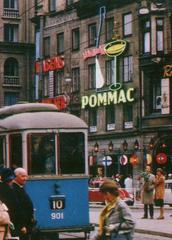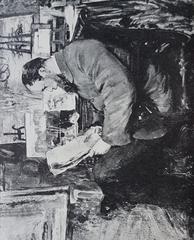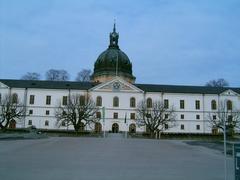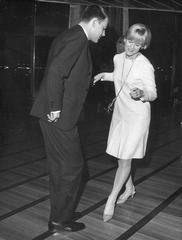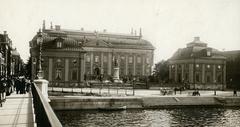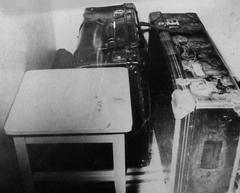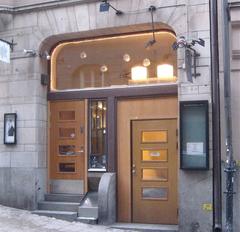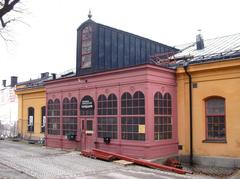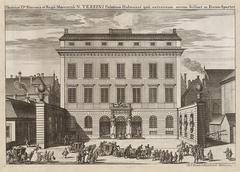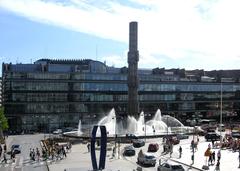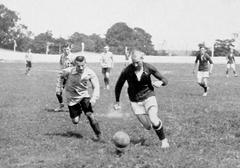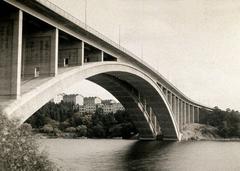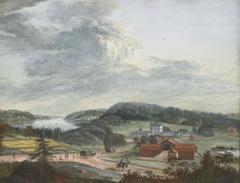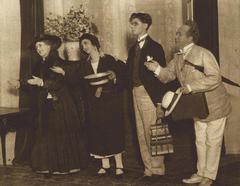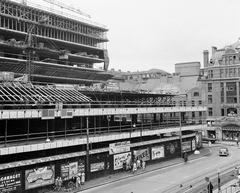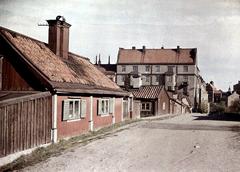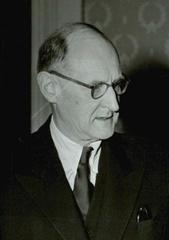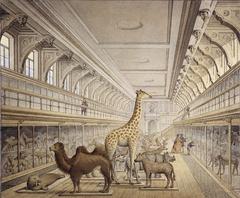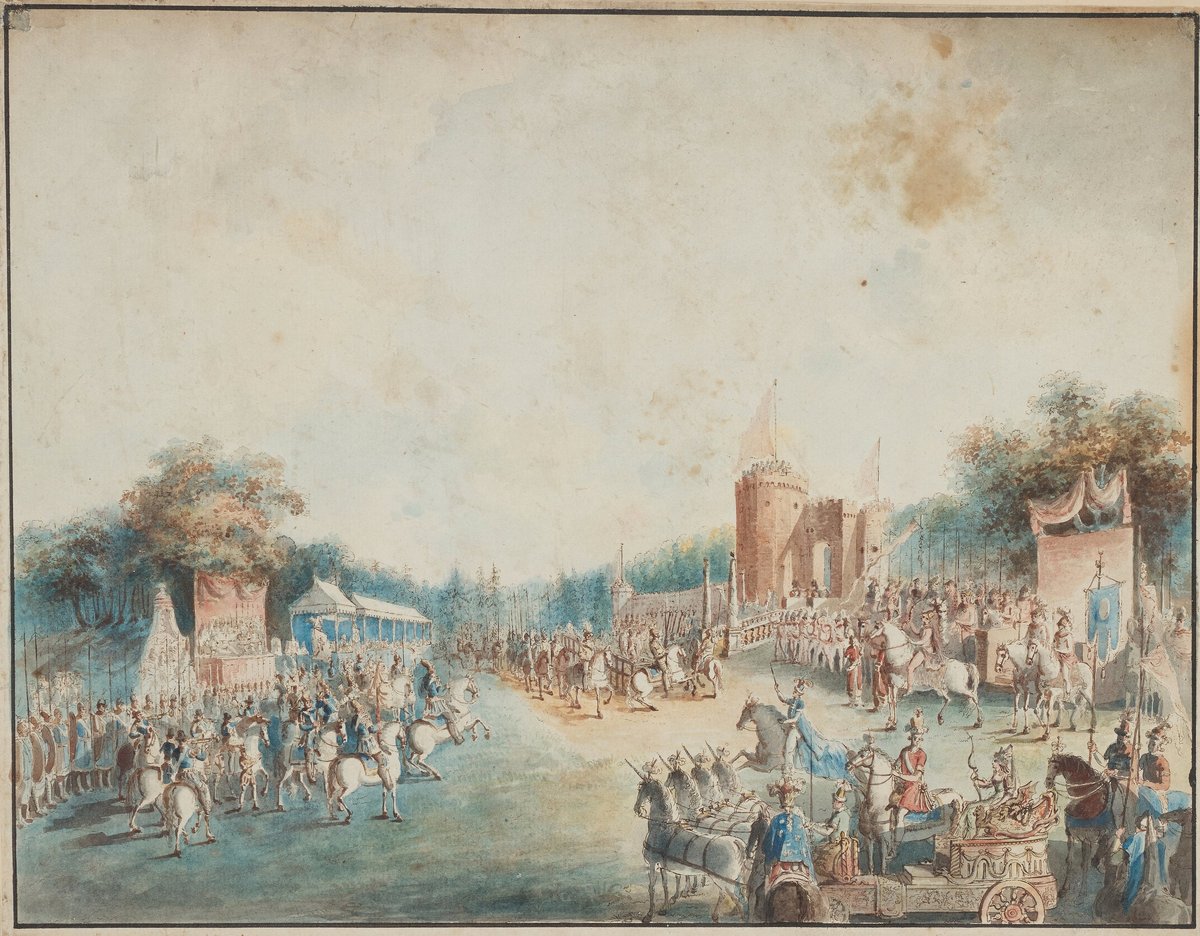
Visiting Drottningholm Palace: Tickets, Hours, and Tips
Date: 17/07/2024
Introduction
Drottningholms Slott, or Drottningholm Palace, is an architectural and historical gem located on the island of Lovön in Lake Mälaren, just outside Stockholm. This UNESCO World Heritage Site offers a captivating glimpse into Sweden’s royal history and cultural heritage. Initially commissioned by Queen Hedvig Eleonora in the late 16th century, the palace has evolved over centuries, incorporating Baroque and Rococo elements, and stands as a testament to the artistic and intellectual endeavors of its royal inhabitants. Significant additions, such as the Chinese Pavilion and the Court Theatre, echo the European fascination with East Asian art and 18th-century theatrical culture (Swedish Royal Court, UNESCO). With its meticulously maintained Baroque gardens and English Park, Drottningholm Palace is a living cultural venue that hosts various events and guided tours throughout the year. This guide aims to provide comprehensive insights into visiting Drottningholm Palace, covering its rich history, visitor information, and travel tips for an enriching experience.
Table of Contents
- [History of Drottningholms Slott](#history-of-drottningholms-slotthistory-of-drottningholms-slott)
- [Early Beginnings and Construction](#early-beginnings-and-constructionearly-beginnings-and-construction)
- [Architectural Evolution](#architectural-evolutionarchitectural-evolution)
- [Royal Residence and Historical Events](#royal-residence-and-historical-eventsroyal-residence-and-historical-events)
- [UNESCO World Heritage Site](#unesco-world-heritage-siteunesco-world-heritage-site)
- [Modern-Day Significance](#modern-day-significancemodern-day-significance)
- [Tickets and Opening Hours](#tickets-and-opening-hourstickets-and-opening-hours)
- [Travel Tips](#travel-tipstravel-tips)
- [Nearby Attractions](#nearby-attractionsnearby-attractions)
- [Accessibility](#accessibilityaccessibility)
- [Preservation and Public Access](#preservation-and-public-accesspreservation-and-public-access)
- [FAQ](#faqfaq)
- [Conclusion](#conclusionconclusion)
- [References](#referencesreferences)
History of Drottningholms Slott
Early Beginnings and Construction
Drottningholms Slott, or Drottningholm Palace, is a stunning example of Swedish architecture and royal history. The palace’s origins date back to the late 16th century when it was commissioned by Queen Hedvig Eleonora. The initial construction began in 1662 under the direction of architect Nicodemus Tessin the Elder. The palace was intended as a summer residence for the Swedish royal family and was built on the island of Lovön in Lake Mälaren, just outside Stockholm. The name “Drottningholm” translates to “Queen’s Islet,” reflecting its purpose and location.
Architectural Evolution
The architectural style of Drottningholm Palace is predominantly Baroque, characterized by its grandiose and symmetrical design. Nicodemus Tessin the Elder’s work laid the foundation, but it was his son, Nicodemus Tessin the Younger, who completed the palace after his father’s death in 1681. The younger Tessin introduced French influences into the design, particularly evident in the palace’s interiors and the layout of the surrounding gardens.
The palace’s construction was a lengthy process, with various additions and modifications made over the centuries. One of the most significant additions was the Chinese Pavilion, built in 1753 as a birthday gift for Queen Lovisa Ulrika. This pavilion is an exquisite example of the Rococo style and reflects the 18th-century European fascination with East Asian art and culture.
Royal Residence and Historical Events
Drottningholm Palace has been a royal residence for over 300 years. It has witnessed numerous historical events and has been home to many Swedish monarchs. One of the most notable residents was King Gustav III, who ruled from 1771 to 1792. Gustav III was a patron of the arts and played a significant role in the cultural development of Sweden. Under his reign, the palace became a center for artistic and intellectual activity.
In the 19th century, the palace fell into a period of neglect and disrepair. However, it was restored in the early 20th century under the direction of King Gustaf V and Queen Victoria. The restoration efforts aimed to preserve the historical integrity of the palace while making it suitable for modern use.
UNESCO World Heritage Site
In 1991, Drottningholm Palace was designated a UNESCO World Heritage Site. This recognition was due to its well-preserved architecture, historical significance, and the exceptional beauty of its gardens and parklands. The UNESCO designation highlights the palace’s importance as a cultural and historical landmark, not just for Sweden but for the world.
The palace’s gardens are a key feature of its UNESCO status. Designed in the French formal style, the gardens include meticulously maintained lawns, flowerbeds, and fountains. The Baroque garden, with its geometric patterns and symmetry, is a testament to the design principles of the 17th century. Additionally, the English Park, added in the late 18th century, offers a more naturalistic landscape with winding paths, ponds, and picturesque views.
Modern-Day Significance
Tickets and Opening Hours
Drottningholm Palace is open to the public year-round. The general visiting hours are from 10 AM to 5 PM daily. Ticket prices are as follows: Adults (SEK 130), Students and Seniors (SEK 90), and Children under 7 (Free).
Travel Tips
The palace is easily accessible by public transportation from Stockholm. Take the metro to Brommaplan and then bus 176 or 177 to Drottningholm. Alternatively, you can enjoy a scenic boat ride from Stockholm City Hall to the palace (Stromma).
Nearby Attractions
While in the area, consider visiting the nearby Ekerö Island or the Viking-era runestones at Lovö Church.
Accessibility
Drottningholm Palace is wheelchair accessible, with ramps and elevators available for visitors with mobility challenges.
Preservation and Public Access
Efforts to preserve Drottningholm Palace are ongoing, ensuring that this historical treasure remains intact for future generations. The Swedish National Property Board is responsible for the maintenance and conservation of the palace and its grounds. These efforts include regular restoration work, careful management of the gardens, and the preservation of historical artifacts and furnishings (Swedish Royal Court).
Public access to Drottningholm Palace is carefully managed to balance the needs of the royal family with the interests of visitors. The palace is open to the public year-round, with guided tours available in multiple languages. Special events, such as concerts and exhibitions, are also held at the palace, providing additional opportunities for visitors to engage with its rich history and cultural heritage (Drottningholm Court Theatre).
FAQ
What are the visiting hours for Drottningholm Palace?
Drottningholm Palace is open daily from 10 AM to 5 PM.
How much are tickets for Drottningholm Palace?
Ticket prices are Adults (SEK 130), Students and Seniors (SEK 90), and Children under 7 (Free).
Are guided tours available at Drottningholm Palace?
Yes, guided tours are available in multiple languages.
What is the best time to visit Drottningholm Palace?
The best time to visit is during the spring and summer months when the gardens are in full bloom.
Conclusion
Drottningholm Palace stands as a testament to Sweden’s royal history, architectural excellence, and cultural heritage. Its well-preserved structures, beautiful gardens, and historical significance make it a must-visit destination for anyone interested in exploring the rich tapestry of Swedish history. Whether you are a history enthusiast, an architecture aficionado, or simply a curious traveler, Drottningholm Palace offers a unique and enriching experience. Plan your visit to Drottningholm Palace today and immerse yourself in the rich history and stunning architecture of this royal residence. For more travel tips and updates, download our mobile app Audiala, check out our other related posts, or follow us on social media.
